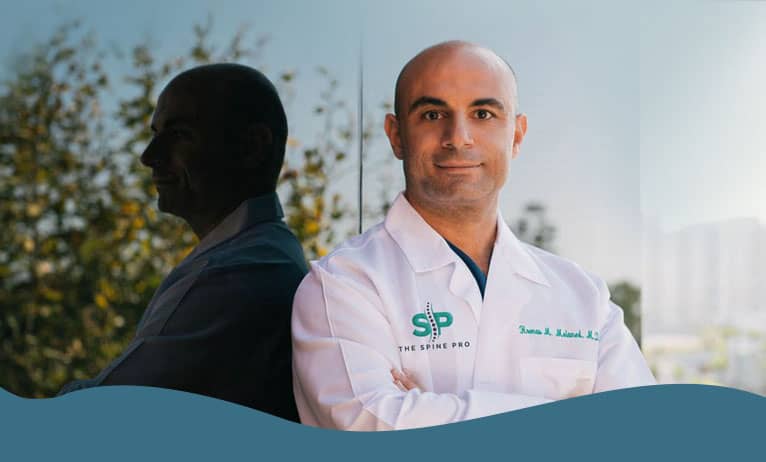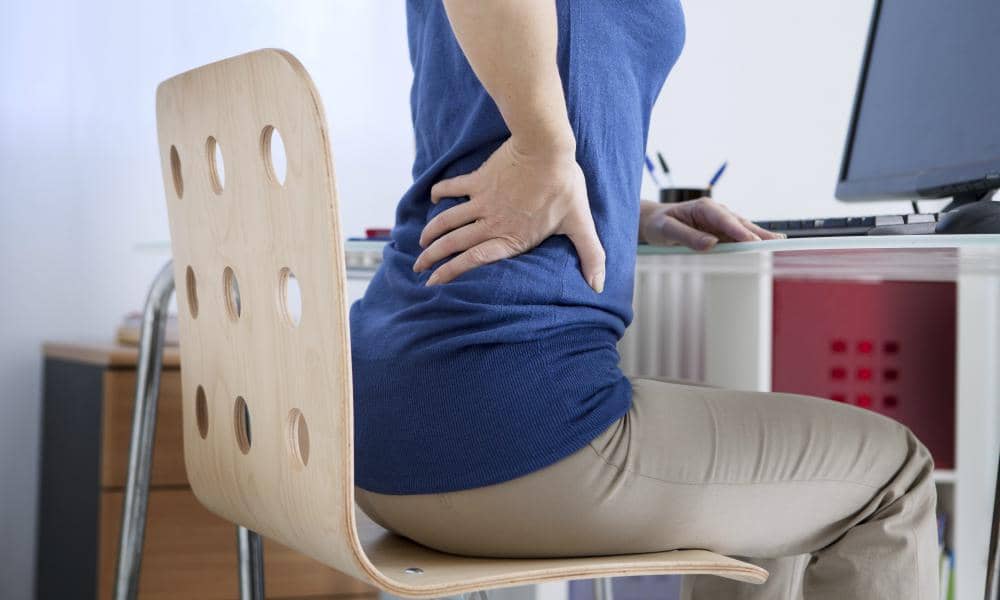College Athlete Finds Pars Defect Relief
For college athletes, long hours of training can be taxing on the body, and unfortunately, injuries can be a common result. Christian, a collegiate softball player at the University of Memphis, was sidelined from her softball career due to low back pain, which turned out to be a pars defect.
Christian’s back pain started when she was 16 years old. Her high school softball team was competing in the state championship when suddenly she felt a pop in her lower back. Christian said, “After a couple weeks of resting, the pain went away until a year later I started to suffer again.”
“I tried everything, from medicine to shots, to rest, to bracing, yet none of it worked,” Christian said. She explained that the pain was constant, where there were days it hurt to roll out of bed and some days where she felt as if she could barely walk. After a few years of ongoing back pain, it was time for Christian to get answers.
A doctor discovered Christian had a pars defect, also known as spondylolysis. Pars defect is a stress fracture of the bones in the spine which likely occurred while Christian played high school softball. Conservative treatments, such as physical therapy, injections and pain medications, failed to provide lasting relief for Christian’s chronic back pain.
Research led Christian to Dr. Hooman M. Melamed, a widely recognized and top board-certified orthopedic spine surgeon in the U.S. During Christian’s first visit with Dr. Melamed, her mother said, “Dr. Melamed did an exam on Christian that I had never seen, he had her walk, bend, and pulled on her legs. When we walked in and that was the first thing he did, I thought I just happened to find the right one in this instance.”
Now that Christian had a solution, it was her turn to go under the knife. Dr. Melamed pointed out on an x-ray that Christian had a stress fracture in her lower spine and a bone spur on the other side. Dr. Melamed repaired her pars fracture and performed a micro decompression of the bone spur. Other surgeons had suggested spinal fusion for Christian, but Dr. Melamed was able to perform a successful minimally-invasive surgery to help her find relief.
“Before surgery, I was dealing with pain on a daily basis, probably between a four and a five on the pain scale. On my worst days, which were rare, I had pain that was around an eight. Now, it’s a zero or one on my bad days,” said Christian.
Three months after the surgery, Christian went in for a CAT scan, showing that the bone was starting to heal and mend together. Dr. Melamed stated, “I would like to see Christian first build up her core, trunk stability, and balance before getting back into softball.” Thanks to the Spine Pro, Dr. Melamed, Christian was finally able to find relief and is now looking forward to getting back to softball as her rehabilitation improves.
Dr. Melamed follows a holistic approach that doesn’t require patients to take narcotics or other painkillers to relieve pain post-surgery and has his patients back on their feet within hours after surgery and back to work within a few days. Most spinal conditions can be treated without a fusion, and most surgeries are performed on an outpatient basis, which are typically less than an hour. Dr. Melamed believes in preserving the normal anatomy as much as possible without disturbing viable portions of the spine.
If you suffer from chronic neck or back pain, and conservative treatments have failed to provide relief, call (424) 21- SPINE or email [email protected] for a virtual or in-person consultation.






